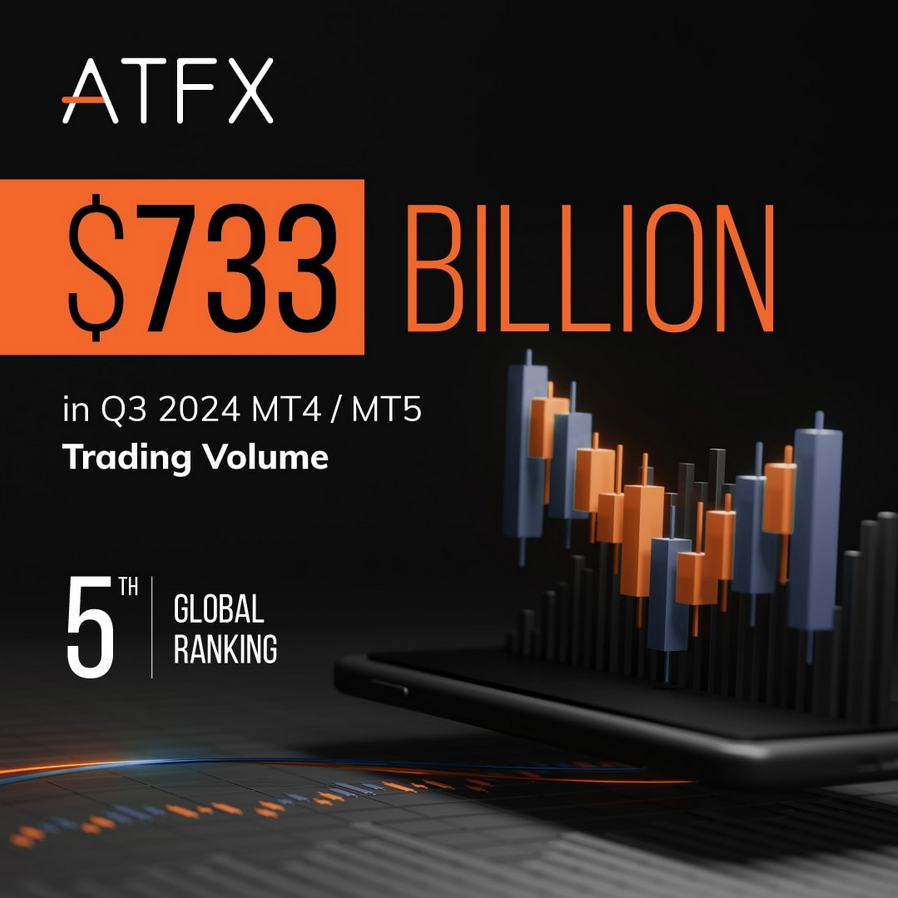The euro remains under pressure as U.S. data bolsters dollar strength, while GBP is steady despite inflation worries, as dovish tones from the BoE limit growth. The yen shows resilience amid government intervention warnings, but its medium-term trend hints at volatility. Gold rises on geopolitical concerns, yet is constrained by mixed signals on U.S. monetary policy, as traders weigh the precious metal’s safe-haven appeal against rate-cut expectations. Overall, markets reflect a complex interplay of inflation fears, central bank strategies, and geopolitical tensions driving cautious investor sentiment.
The financial markets are navigating a delicate balance as divergent central bank policies and economic data shape sentiment. The euro faces downward pressure from the ECB-Fed policy gap, compounded by fears of trade conflict and sluggish growth. In the UK, tepid GDP growth adds to sterling’s challenges against a resilient dollar. Meanwhile, Japan’s yen struggles with uncertainty from the BoJ’s cautious stance, while strong U.S. data fuels the greenback’s ascent. The New Zealand dollar grapples with persistent economic weakness, while gold remains a refuge amid global economic and geopolitical uncertainties.
Read the rest of this entry »
As the new week begins, global financial markets brace for a packed calendar of economic data, central bank updates, and key earnings reports. While the U.S. calendar appears lighter than usual, the focus shifts to major events in the UK, Canada, and the Eurozone. Here’s a breakdown of what to watch each day:
Read the rest of this entry »
The US dollar’s recent strength has pressured major currencies, notably impacting the euro, British pound, and Australian dollar, each facing technical sell signals amid weak domestic data and dollar gains on strong inflation expectations. The euro and pound are constrained by weak economic indicators, while the yen remains under pressure despite Japan’s high inflation, as growth concerns loom. The Swiss franc, though depreciating, has seen relief for Swiss exporters. In Australia, slowing employment reinforces a bearish trend in the AUD. Meanwhile, gold remains subdued as investors favor the dollar, anticipating continued Fed hawkishness.
Read the rest of this entry »
The euro and pound continue to face downward pressure amid dollar strength driven by U.S. inflation concerns, with the euro nearing its lowest level in a year and the pound slipping past key support levels. In the eurozone, speculation grows around a possible ECB rate cut in December due to persistent inflation pressures, exacerbated by U.S. trade tensions. The yen weakens as “Trump trades” influence markets, reflecting expectations of tighter U.S. policy, which could hinder Japan’s economic recovery. Gold, meanwhile, has seen recent sell-offs but may find short-term support as investors seek stability amid U.S. rate uncertainty.
Read the rest of this entry »
The euro is experiencing a downtrend due to weak Eurozone sentiment, rate cut expectations, and German political instability, while the British pound faces similar challenges amid a rising UK unemployment rate, limiting its performance. The yen is under pressure as the Bank of Japan remains unclear on rate hikes, while yen-supporting intervention seems limited against a strong dollar. Meanwhile, gold is under selling pressure due to a robust dollar, buoyed by expectations of Trump’s pro-inflation policies. Together, these factors contribute to the recent strength in the dollar, pressuring EUR, GBP, JPY, and gold downward.
Read the rest of this entry »
EUR, GBP, JPY, NZD, and gold markets display unique dynamics amid global economic shifts. EUR/USD faces bearish pressure with possible corrective rallies, influenced by an empty Eurozone economic calendar. GBP/USD continues its downward trend, anticipating further pressure if UK job data disappoints, though resistance to the strong USD is observed. USD/JPY remains bullish, with the yen’s weakness likely as the Bank of Japan remains cautious on rates, while limited incentives in the U.S. may curtail gains. NZD/USD holds steady, though inflation control by the RBNZ suggests continued easing. Gold is under pressure from a strong USD and rate hike expectations, facing technical resistance.
Read the rest of this entry »
Last week’s volatility from the US election and interest rate cuts by the Fed and the Bank of England has set the stage for a more measured trading week. Key data releases and statements from prominent central bankers are lined up to guide investor sentiment. Here’s a day-by-day breakdown of the notable events to watch.
Read the rest of this entry »
In the latest market session, the EUR and GBP have shown bearish tendencies amid pressures from the U.S. dollar, buoyed by anticipation of a Federal Reserve rate cut and expectations of a hawkish outlook from Jerome Powell. EUR’s decline is tempered by limited growth potential, with investors focusing on MACD levels to gauge buy and sell entry points. GBP rallied slightly after a BoE rate cut but faces downward pressure due to potential inflation from the recent UK budget. The JPY is stabilizing, though it recently slid after Trump’s election victory heightened dollar strength. Meanwhile, gold is bearish, with support levels attracting traders seeking opportunities around pivotal EMA zones.
Read the rest of this entry »
Following Donald Trump’s surprise election win, the U.S. dollar surged across major currencies, sharply impacting EUR, GBP, JPY, and Gold. The euro and pound plunged as markets expected Trump’s policies, like higher tariffs, to support inflation and potentially increase interest rates. The yen also weakened considerably amid stronger U.S. dollar sentiment, further fueled by Japan’s hold on interest rates. Meanwhile, gold saw a swift sell-off as rising Treasury yields diminished its appeal as a safe-haven asset. The dollar’s momentum remains strong as Trump’s fiscal and trade policies shift investor interest away from non-yielding assets.








